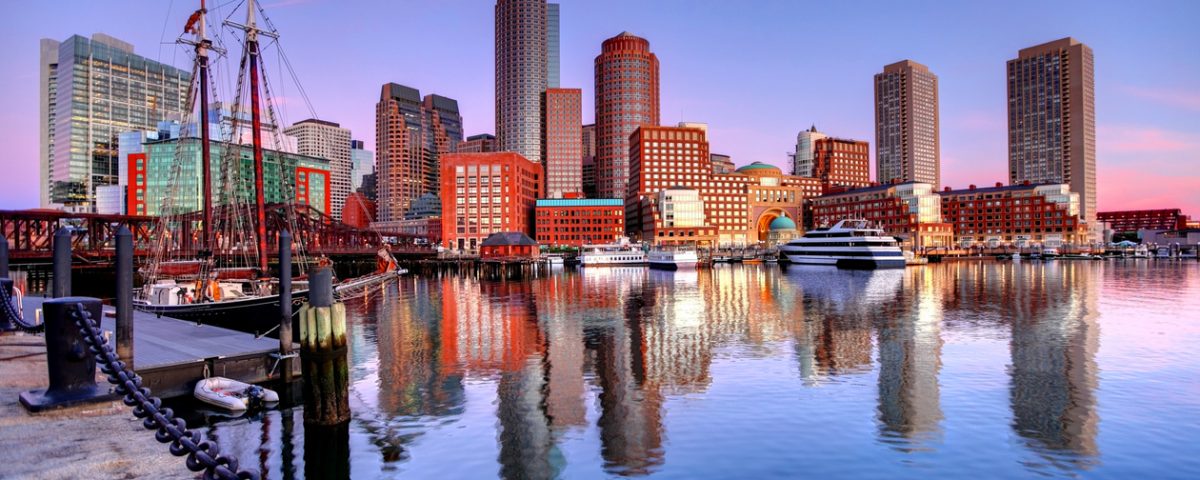
How to Prepare Your Business for the Busiest Time of the Shipping Year
November 27, 2019
A Guide to Shipping Gifts Overseas
December 12, 2019The Port of Boston Receives $20 Million to Expand

The U.S. Department of Transportation announced that 55 projects in 35 states will receive grants through DOT’s Better Utilizing Investments to Leverage Development (BUILD) program. They awarded $20 million to expand container storage at the Conley Terminal at the Port of Boston. The new container storage zone at the terminal will help increase the yard capacity by 30%. The grant will allow the port to upgrade and build a designated roadway that will connect the terminal to the 1-93 highway that leads out of the city. The roadway will help speed up the process of getting freight to their desired destinations.
Why Port of Boston?
The reason for the expansion of the Conley container terminal is to improve port efficiency and attract bigger vessels. One key value of regional ports is the ability to get freight as close to the destination as possible. Currently, the Port of New York and New Jersey is the largest port on the East Coast and third largest in the nation. With improvements to the port, Boston will attract cargo away from the crowded and busy neighboring port.
What is a Container Terminal Facility?
A container terminal is a facility where cargo containers are transshipped between shipping freight vehicles. The transshipment may be between container ships and land vehicles, like trains or trucks. It is common for cargo that arrives at a container port, in a single ship, to be distributed over several modes of transportation for delivery to inland destinations.
Both maritime and inland container ports provide storage facilities for both empty and loaded containers. They typically store loaded containers over a short period of time while waiting to be transported.
About the Port of Boston
The Port of Boston is the only full-service container terminal in New England. They serve all the world’s major international container lines. 1.5 million metric tons of cargo per year pass through Conley Terminal. They consider the terminal competitive in terms of cost and labor.
In 2018, Conley Container Terminal saw record-breaking growth in container volume. They set a new record of over 298,000 twenty-foot equivalent units (TEU) shipped through the terminal. The dimensions of one TEU are equal to that of a standard 20’ shipping container.
The Port of Boston is currently halfway through a two-step renovation that includes constructing a 50-foot berth in addition to three new cranes.
What do Port Improvements mean for Shipping?
As terminals, ports handle the largest amount of freight. In order to handle it, the port infrastructure has to accommodate transshipment activities both on ships and on land. The port must have maritime access, maritime interface, infrastructure, equipment, and land access.
With bigger ships being able to increase the overall volume of the port, it can mean lower tariffs, more traffic, lower port times and freight that gets to its destination faster.
The basic reason is that ports expand the market opportunity of both national and international firms. By expanding the market areas of firms, ports increase competition resulting in lower prices for consumers.
The upgrades to the Port of Boston expectation is to be ready in 2021, and the port will then be accessible to ships of 14,000 TEU.
